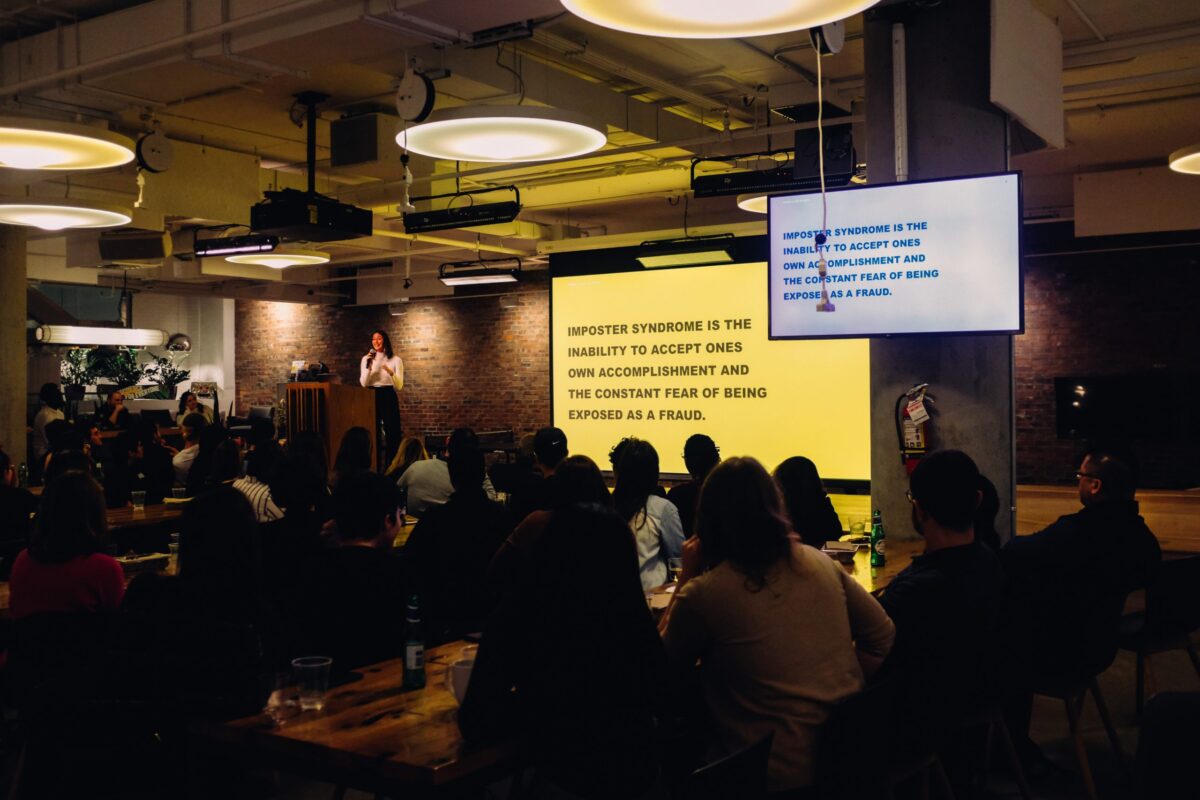
They say old habits die hard. It’s true. Some scientists explain this by explaining how 90-95% of our brain activity is unconscious. Therefore, most of our decisions are already made before we even think about them (Shahram Heshmat, 2016). We tend to act on previous information and/or patterns 90-95% of the time.
What does this have to do with employee engagement? Engagement has been, and remains, a major issue for today’s C-Suite occupants. In Deloitte’s Global Human Capital Trends, culture and engagement emerged as the most prominent issue overall (Singh, 2015). Furthermore, the gap between the importance the C-Suite executives place on improving engagement and their organizations’ readiness to act, remains significant. Other data confirms this. In 2015, the average percentage of employees engaged in the U.S. stood at 32%. This number has barely fluctuated for 20 years (Employee Engagement is U.S. Stagnant in 2015, 2016).
Which old habits are contributing to this stagnation in engagement improvement? There is never one answer. One factor is the language we continually use to describe people and situations. Because, it is a habit. The language remains the same because it is very often unconscious. If we change our language we can begin to change thinking. Our thinking can influence our actions which will change the stagnant engagement results.
We continue to use phrases that solicit thinking and behaviors inconsistent with engagement. Manager, manage people, management of people, Human Resource management, performance management all have their derivation in the word “manage.” According to Kenneth Cloke and Joan Goldsmith, management of people, as a profession, began with the rise of slavery (Goldsmith, 2002). Cloke and Goldsmith explain how the expansion of agriculture required some of the select slaves be chosen to oversee the growing number of slaves needed to meet the growth demands.
The definition of “manage” always includes the word control. The idea that people must be controlled must naturally follow from this language. I believe our old habit of using the phrases of management elicits feelings of control and those feelings are inconsistent with optimum employee engagement feelings of self-control, volunteerism, freedom, autonomy, creativity, etc.
According to Vocabulary.com, the likely origin of the word manager is from the word manus meaning hand, and that hand guides others. Slavery was needed to sustain the economic performance of the time. Therefore, managers were needed to sustain it. The combination of absent owners and the continued lack of motivation demonstrated by the slaves made the “manager’s” role essential. Managers were encouraged to discipline and control the workforce. The absent owners depended on the skill of the managers to protect their wealth. Without their oversight, no one would remain a slave and submit to the arduous labor required.
Slaves needed to be controlled and this relationship between manager and slave created much dysfunction, in the form of alienation, periodic revolts, and lack of motivation. In his book The End of Racism, Dinesh D’Souza explains how slavery as a system can be blamed for cultural norms such as self-defeating and irresponsible attitudes (D’Souza, 1995). These behaviors clearly match those of the disengaged and actively disengaged workers.
So, what can we do to shift these habits and begin to pave the way for improved employee engagement? One excellent option is to use different language to describe people and their roles. Can we use facilitator or process facilitator in place of manager or department manager? A facilitator is one who makes things easier for others. He/she facilitates the achievement of outcomes. It’s not about control. It is about making things easier to achieve aligned goals. Can we begin to replace the word manager with phrases such as sales department facilitator, finance department facilitator? Perhaps we need to be creative.
Can we begin to think of employees as volunteers? Can we use the phrase, “paid volunteer?” When one is a volunteer they do something out of volition or heart. They do it because they are willing and committed, not controlled. Can we replace Human Resources Manager with “Paid Volunteer Facilitator”?
The use of facilitator in place of manager and volunteer in place of employee changes the relationships. It requires a higher level of trust and rejects the need for control. This idea of control damages engagement. I suggest we start using these innovative words as titles for replacing the “manager” phrases and employee phrases to begin to shift the unconscious choices we are making with the old outdated language. This will begin to break up the old habits and old ways of thinking which as unconscious and not working.
Dr. Wally Hauck, CSP helps leaders boost profit by unleashing the genius of every employee. By showing leaders how to get the best from their teams, with proven methods and by avoiding morale-busting mistakes, leaders can achieve their strategic goals more quickly and with less waste.
For more than 20 years Wally has worked with nearly 200 organizations, hundreds of leaders, and thousands of employees to optimize engagement and customer experience. Many have achieved significant transformational improvements.
Wally holds a doctorate in organizational leadership from Warren National University, a Master of Business Administration in finance from Iona College, and a bachelor’s degree in philosophy from the University of Pennsylvania. Wally is a Certified Speaking Professional or CSP. As a professor of Organizational Change and Development at the University of New Haven in Connecticut Wally received the highest ratings of all professors in 2012.
Wally is a proud member of the C-Suite Advisors Network
D’Souza, D. (1995). The End of Racism Principles for a Multiracial Society. New York, NY: The Free Press.
Employee Engagement is U.S. Stagnant in 2015. (2016, January 13). Retrieved from http://www.gallup.com: http://www.gallup.com/poll/188144/employee-engagement-stagnant-2015.aspx
Goldsmith, K. C. (2002). The End of Management And the Rise of Organizational Democracy. San Francisco, CA: John Wiley & Sons.
Shahram Heshmat, P. (2016, February 1). Why Old Habits Die Hard? Retrieved from www.psychologytoday.com: https://www.relationshipscoach.co.uk/blog/research-shows-our-subconscious-mind-makes-our-decisions-for-us/
Singh, S. V. (2015). Global Human Capital Trends. Deloitte.

















